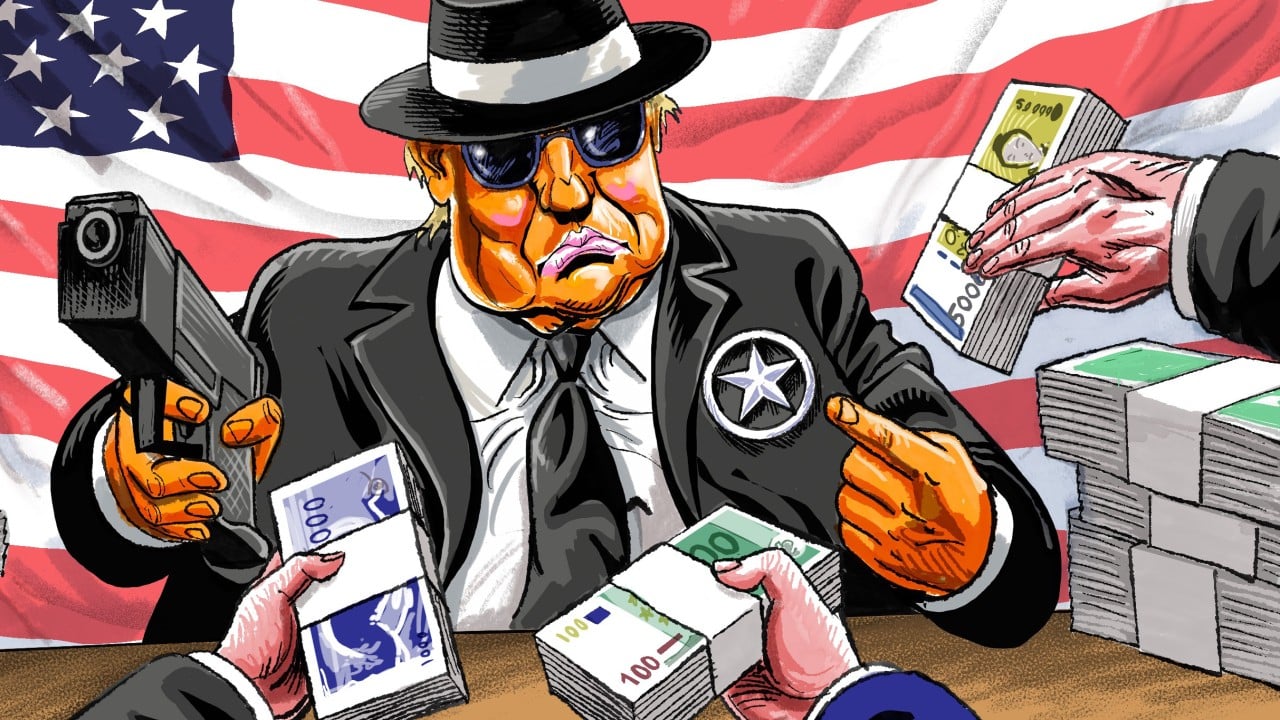In what Martin Wolf at the Financial Times called “pure gangsterism”, US President Donald Trump has extracted pledged investments of at least US$1.5 trillion from America’s trading partners. This amounts to the Marshall Plan in reverse.
Advertisement
The scheme Washington initiated in 1947 essentially provided economic aid to Europe and later Japan. Of the US$13 billion provided, 90 per cent were grants. But in the US-Japan trade deal, seen as a political trophy for Trump, money will flow in the other direction: Tokyo has pledged an investment of US$550 billion.
Japan is being pressured to divert capital that is needed at home to the United States. So, it seems, is the European Union, which has agreed to invest US$600 billion, and South Korea, which has pledged US$350 billion in investments. Together, these economies are expected to transfer massive amounts of financial resources to the world’s richest country.
While the Marshall Plan was seen as the most notable economic assistance programme in the history of the West, Trump’s capital transfer scheme may well be remembered as the largest flow of free capital to any country the world has ever witnessed. America’s role has thus undergone an about-face: from aid provider to aid recipient.
The Marshall Plan emphasised European ownership of planning – although Washington had approval authority, Europe’s governments set the priorities, and all programmes and projects came from them. But, as is emerging with the US deal with Japan, Trump is demanding that the projects be driven by his administration’s priorities and that he review the investments. Tokyo may refuse at the pain of additional tariffs.
Advertisement
While negotiations are ongoing, they set a disturbing precedent for South Korea, the EU and all other US trading partners that have pledged investments.

